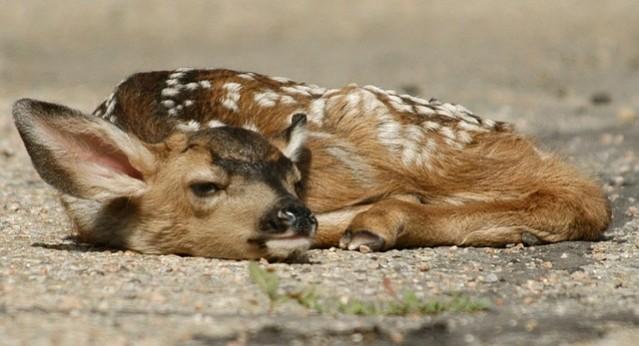
When a mushroom hunter discovered a dead, two-headed deer fawn in a Minnesota forest two years ago, little did he know that his discovery would become a landmark case for scientists.
The female deer were conjoined twins with one body and the spine diverging at the thorax to form two separate necks and two separate heads. The tiny carcass was found clean and dry and was sent to the Minnesota Department of Natural Resources, where it was kept frozen for later research.
"It's amazing and extremely rare... We can't even estimate the rarity of this. Of the tens of millions of fawns born annually in the US, there are probably abnormalities happening in the wild we don't even know about," said deer ecologist Gino D'Angelo of the University of Georgia, according to Science Alert.
The specimen is first of its kind known as it was carried to term and birthed. Other examples of such conjoined twins have only been seen in utero.
What happened to the deer?
Though it has a huge significance for study, the carcass and the fate it endured is heart-wrenching.
The fact that it was clean and was in a natural position suggested that the doe tried desperately to keep the fawns alive and tried to care for them after delivery. "The maternal instinct is very strong," D'Angelo added.
However, thorough necropsy, MRI and CT scan of the body suggested that the fawns would have never made it and their fate was sealed in the womb.
The lungs sank when placed in water indicating that they never breathed air and were stillborn.
Moreover, they had two separate gastrointestinal tracts, but only one was fully connected to the anus. While they also had two separate hearts inside a shared pericardial sac, and extra spleens, they had only one liver and that too malformed.
The paper has been published in The American Midland Naturalist.
Conjoined twins are an extremely rare natural phenomenon and has two theories explaining it. The first is that a single fertilized egg fails to fully split during the process of forming identical twins. The second one is that a fusion of two fertilized eggs occurs earlier in development.
The fawns will be on display at the Minnesota Department of Natural Resource's headquarters in St. Paul, Minnesota.








